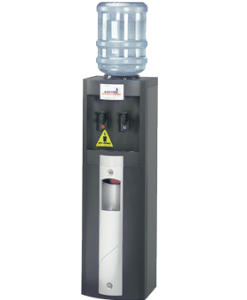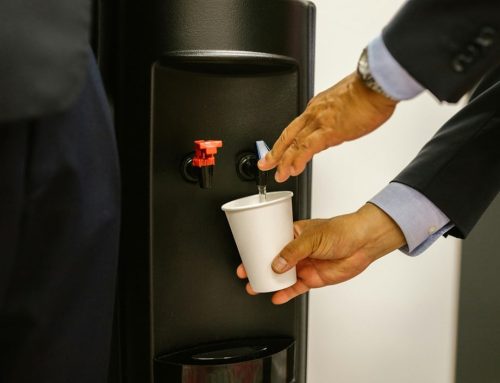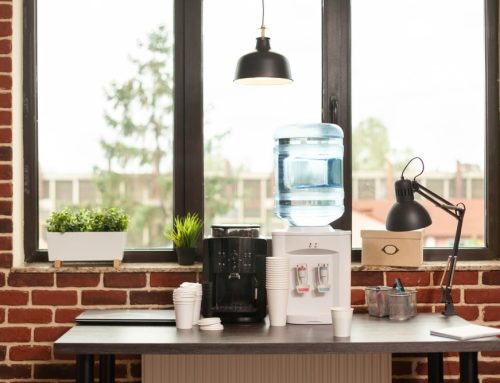
Well, being the curious sort, I did, and once something enters my enquiring mind I just have to do a bit of snooping, which is utterly fabulously easy these days thanks to the World Wide Web. I just love researching the origins of things, don’t you?
Okay, before I digress any further, I found out that, as is the case with many other inventions, the precursor to the water cooler, the water fountain, together with the water faucet, came about as the result of something personal that had happened to the inventor. Luther Haws invented them in the early 1900s in an effort to provide purified drinking water after his father died of typhoid fever as a result of drinking contaminated water.
Luther was a part-time plumber, sheet metal contractor and sanitary inspector for the city of Berkeley, which is probably why the first drinking fountain was installed in a Berkeley school department where he had noticed that the schoolchildren often drank contaminated water which made them ill.
The earliest water fountains did not provide chilled water, but the demand for icy cold drinking water soon led to huge blocks of ice being placed in the water storage spaces, leading to what was the first real water cooler, albeit a heavy, cumbersome unit.
While the original idea behind the invention of water coolers was that the chilling factor would kill micro-organisms responsible for polluting the water, this did not do enough to purify the water.
The original office water coolers consisted of large upturned glass bottles with ice-blocks inside; they were ungainly, ugly and generally stuck away in a corner somewhere out of sight. Over the decades, water coolers have benefitted from technology to become more hygienic, lighter, slimmer, and more efficient.
These days office water coolers are veritable aesthetically pleasing works of art that can be customised to fit in with any décor; they are inexpensive, hygienic, light, modern, and are offered in various shapes and sizes, styles and capacity. They have a built-in purifying system and cooling system and some models even offer chilled, ambient and hot water options while others are self-cleaning.




